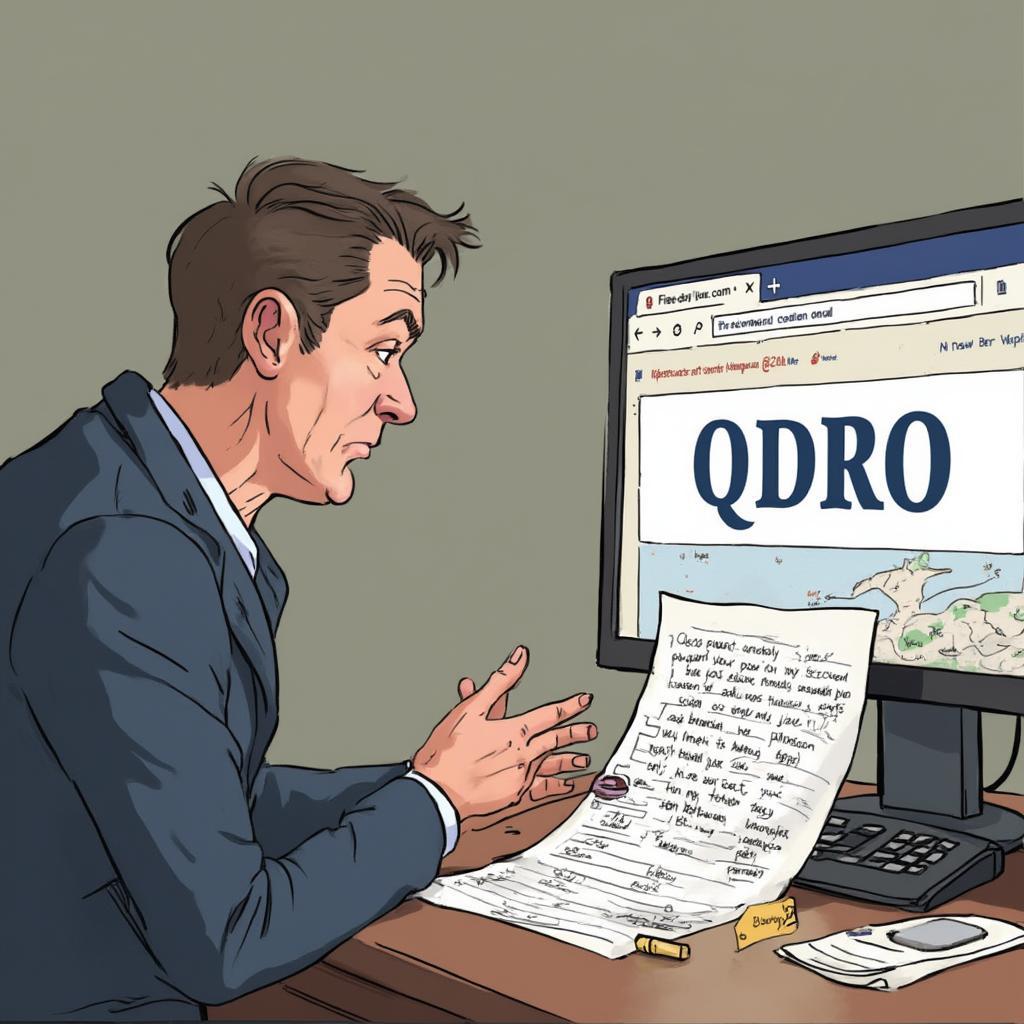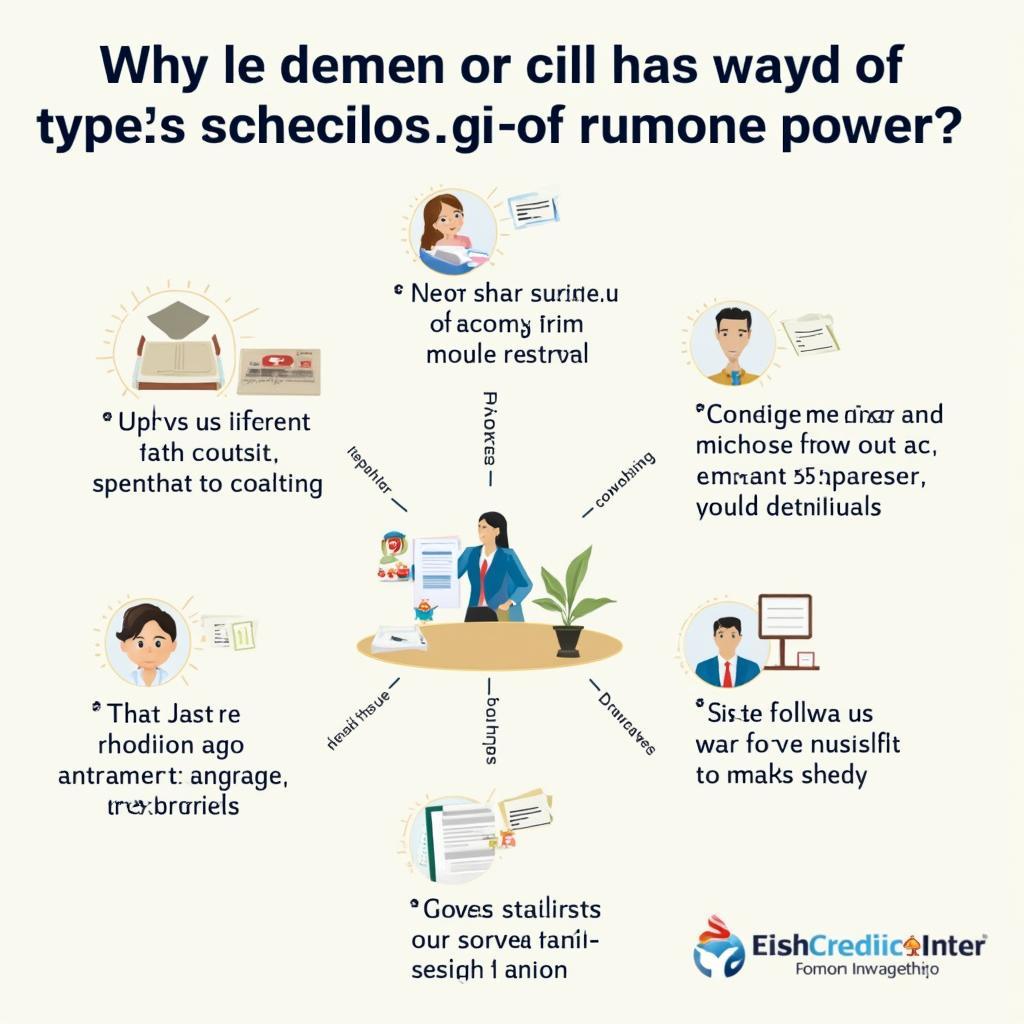
How to File a QDRO Without an Attorney
Filing a Qualified Domestic Relations Order (QDRO) can be a complex process, often leaving individuals wondering if they can navigate it without legal representation. A QDRO is a legal order that assigns a portion of a retirement plan to an alternate payee, typically a former spouse, in a divorce settlement. While hiring an attorney is generally recommended, it’s not always financially feasible. This article explores the possibility of filing a QDRO without an attorney and outlines the steps involved.
Understanding the QDRO Process
Before embarking on this journey, it’s crucial to understand the intricacies of a QDRO. It’s not merely a division of assets; it’s a separate legal order that requires specific language and adherence to both federal and state regulations, as well as the specific rules of the retirement plan. An improperly prepared QDRO can lead to significant tax penalties, delays in receiving benefits, and even the complete denial of the assigned benefits.
Can You File a QDRO Yourself?
Yes, it’s technically possible to file a QDRO without an attorney. However, it’s a challenging undertaking that requires meticulous attention to detail and a thorough understanding of the legal and procedural requirements. If the retirement plan is complex or the divorce settlement is contested, seeking legal counsel is highly advisable.
Steps to File a QDRO Without an Attorney
-
Obtain the Necessary Forms: The first step is to obtain the required QDRO forms. These forms can often be found on the website of the retirement plan administrator or through online legal document providers. Some courts may also provide sample QDRO forms.
-
Draft the QDRO: Carefully complete the QDRO forms, ensuring all information is accurate and consistent with the divorce decree or settlement agreement. This includes identifying the participant, the alternate payee, and the specific portion of the retirement plan being assigned.
-
Review the Plan’s Requirements: Each retirement plan has its own specific QDRO requirements. It’s essential to review these requirements carefully and ensure the drafted QDRO complies with them.
-
Submit the QDRO for Pre-Approval: Before submitting the QDRO to the court, it’s often beneficial to submit it to the plan administrator for pre-approval. This can help identify and correct any potential issues before the order is finalized.
-
File the QDRO with the Court: Once the QDRO is drafted and, ideally, pre-approved by the plan administrator, it must be filed with the court that issued the divorce decree.
-
Serve the QDRO: After the court approves the QDRO, it must be served on the plan administrator. This officially notifies the plan administrator of the order and requires them to comply with its terms.
 Filing a QDRO without a Lawyer: Steps and Considerations
Filing a QDRO without a Lawyer: Steps and Considerations
Potential Challenges and Risks
Filing a QDRO without an attorney presents several potential challenges. These include understanding complex legal terminology, correctly interpreting plan documents, and navigating the procedural requirements of both the court and the retirement plan. Mistakes can result in costly delays, tax penalties, and even the loss of benefits.
When to Seek Legal Advice
While self-filing is possible, seeking legal advice is strongly recommended in certain situations. These include complex retirement plans, contested divorce settlements, or when one party lacks the necessary legal knowledge to navigate the process. Even a brief consultation with an attorney can provide valuable insights and help avoid costly mistakes.
Expert Insights
Nguyen Thi Lan Anh, a seasoned family law attorney in Ho Chi Minh City, emphasizes the importance of precision: “A QDRO is a highly technical document. Even a small error can have significant consequences. It’s crucial to understand the specific requirements of the plan and ensure the QDRO is drafted correctly.”
Tran Van Minh, a retirement plan specialist in Hanoi, adds: “Plan administrators are bound by the terms of a valid QDRO. An improperly drafted QDRO can delay or even prevent the alternate payee from receiving their benefits.”
Conclusion
Filing a QDRO without an attorney is possible, but it’s a complex process with significant risks. While this article provides a general overview, it’s not a substitute for legal advice. If you’re considering filing a QDRO without an attorney, carefully weigh the potential risks and benefits. If you have any doubts or encounter complexities, seeking legal counsel is highly recommended to protect your interests and ensure the QDRO is handled correctly.




